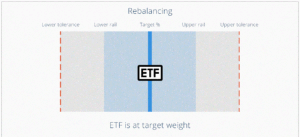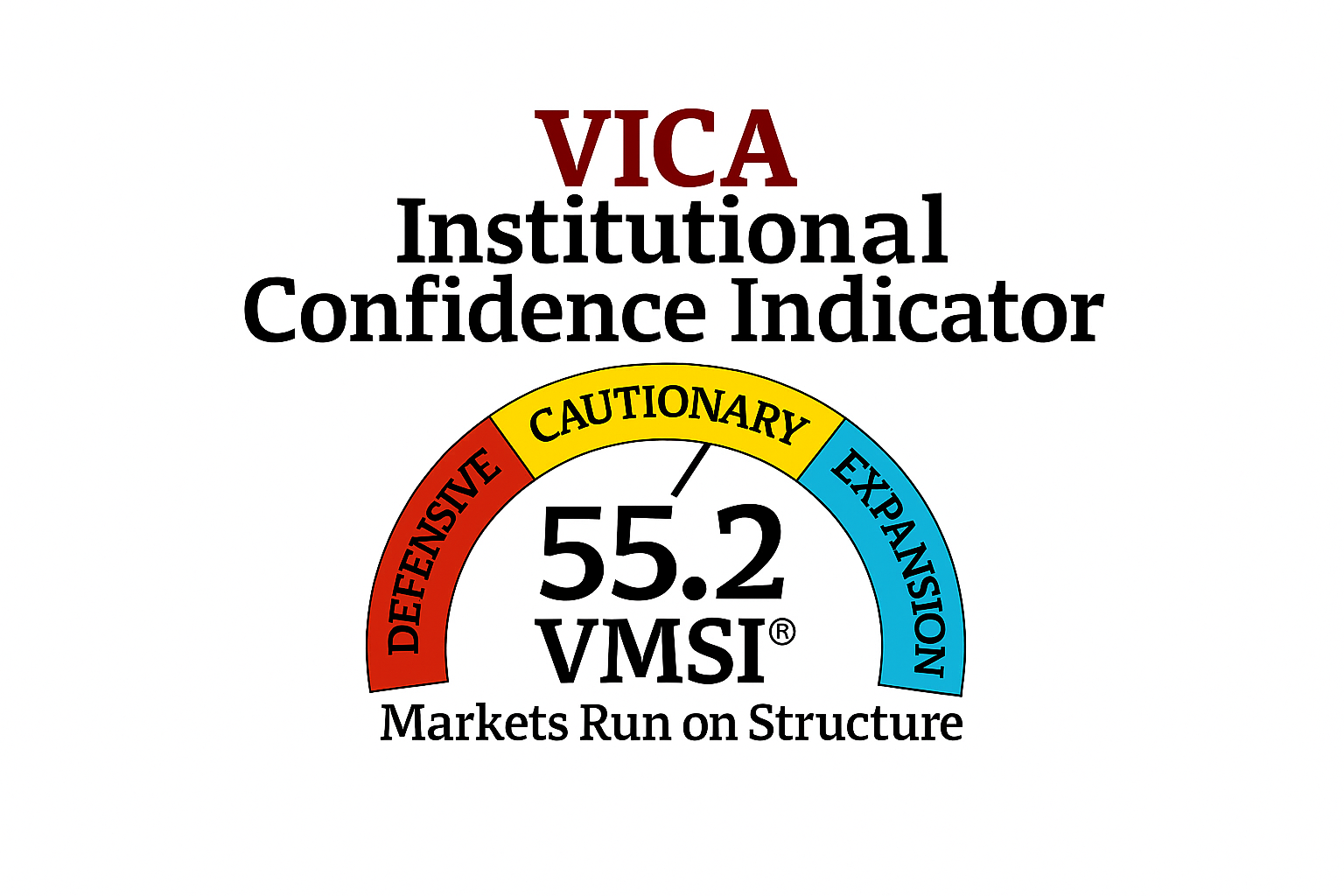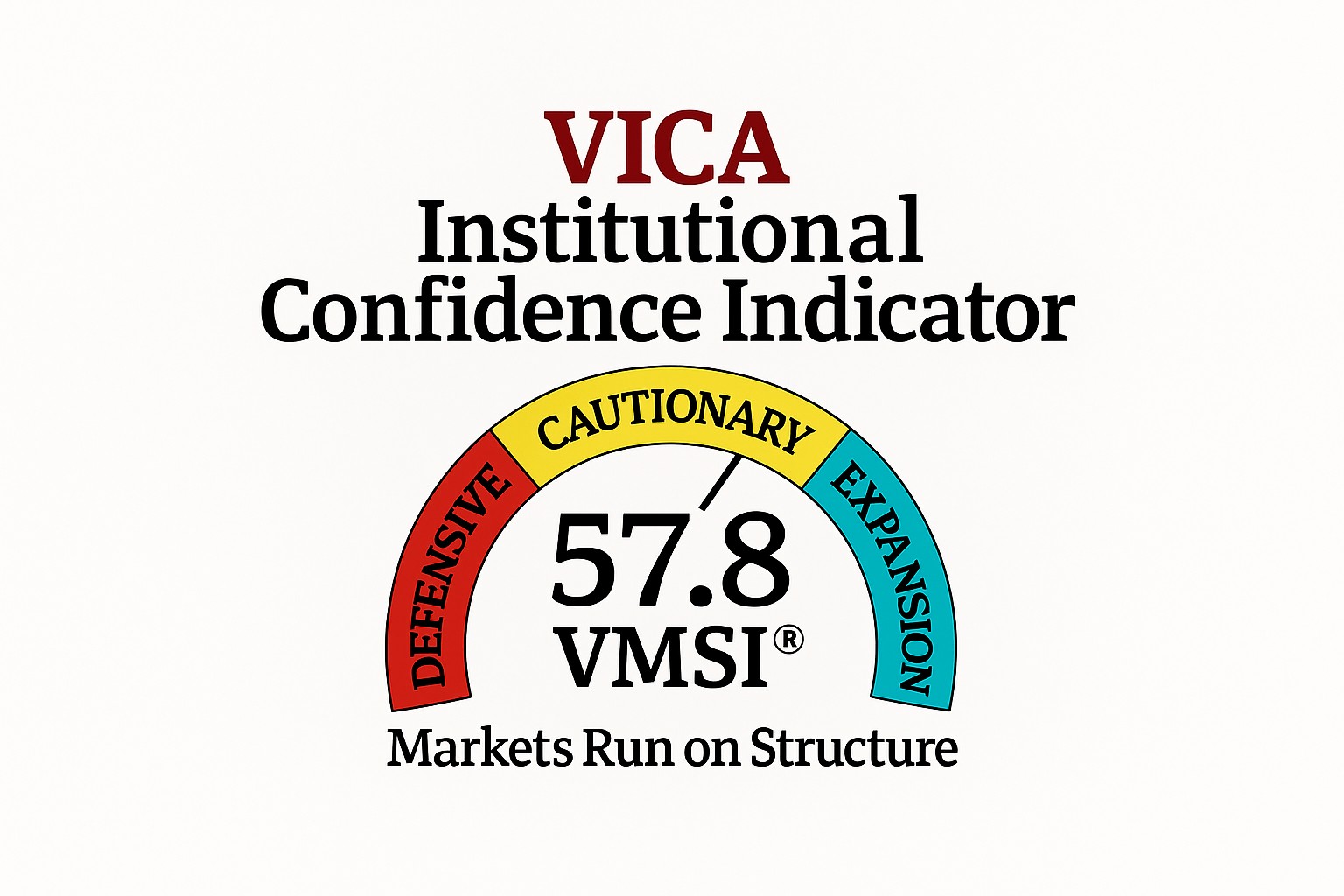Introduction
In the everchanging and highly volatile financial markets, the pursuit of substantial returns prompts investors to navigate and capitalize on market momentum. Industry Exchange-Traded Funds (ETFs) emerge as indispensable tools, offering a precise means to strategically ride the undulating waves of market momentum. This investor plan explores the paramount strategy of maximizing gains through judicious resource allocation within industries exhibiting robust momentum. It emphasizes the strengths of industry ETFs and outlines crucial skills for mastering their usage.
Maximizing Gains through Strategic Allocation
In a volatile market, maximizing gains hinges on strategic resource allocation within industries showing robust momentum. Industry ETFs facilitate this by offering a diversified approach. Investors spread risk across sectors, benefiting from the upward trajectories of flourishing industries, safeguarding against sector-specific risks, and strategically capturing broader market trends contributing to momentum.
Diversification: Key to Risk Management
Diversification is a fundamental tenet of risk management, efficiently achieved through industry ETFs. By spreading investments across sectors, investors mitigate the impact of adverse events on a specific industry. This resilience is crucial for maintaining portfolio stability and ensuring consistent returns over the long term.
The Strength of Meticulous Research and Continuous Monitoring
Effective use of industry ETFs demands meticulous research and continuous market trend monitoring. Investors must stay abreast of economic landscapes, industry developments, and global events influencing different sectors. This proactive approach empowers investors to identify emerging opportunities and strategically position themselves to capitalize on momentum.
Mastering the Art of Using Industry ETFs
Mastering industry ETFs goes beyond identifying growth sectors; it involves discerning industries with sustained momentum. Successful strategies demand a deep understanding of market dynamics and agility to adapt to changing conditions. Investors need a comprehensive understanding of factors influencing industries, including economic indicators, regulatory changes, and technological advancements.
Efficient Exposure to Specific Sectors
Industry ETFs offer streamlined exposure to specific sectors without extensive individual stock research. This is advantageous for diverse portfolios seeking exposure to promising industries. Compared to assembling individual stocks, industry ETFs typically offer cost-effective exposure, with lower fees and transaction costs.
Risk Mitigation and Portfolio Diversification
Diversification, a risk management cornerstone, is efficiently achieved through industry ETFs. By investing in a basket of assets within a sector, investors spread risk and diminish the impact of adverse events on a single company. This is vital in volatile markets where unforeseen events can cause sudden price fluctuations.
Advanced Strategies for Industry ETFs
Now, let’s discuss advanced strategies for seasoned investors seeking to optimize portfolio performance through a technical approach.
2.1 Tactical Asset Allocation
Tactical asset allocation involves actively adjusting portfolio weightings to capitalize on short-term market opportunities. In the context of industry ETFs, understanding macroeconomic indicators, market sentiment, and sector-specific catalysts is crucial. Investors should stay attuned to economic indicators like GDP growth, inflation rates, and interest rates for real-time adjustments, enhancing portfolio responsiveness.
2.2 Sector Rotation Strategies
 Sector rotation strategies capitalize on different sectors’ outperformance during various economic cycles. Industry ETFs facilitate seamless sector rotation, allowing investors to adjust exposures without the challenges of individual stock selection. During economic expansions, technology and consumer discretionary sectors may outperform, while defensive sectors like utilities and consumer staples may lead during contractions.
Sector rotation strategies capitalize on different sectors’ outperformance during various economic cycles. Industry ETFs facilitate seamless sector rotation, allowing investors to adjust exposures without the challenges of individual stock selection. During economic expansions, technology and consumer discretionary sectors may outperform, while defensive sectors like utilities and consumer staples may lead during contractions.
2.3 Leveraged and Inverse Industry ETFs
Designed for sophisticated investors, leveraged and inverse industry ETFs amplify exposure or profit from sector downturns. Leveraged ETFs magnify underlying index returns, while inverse ETFs deliver opposite returns. Caution is crucial when incorporating these into strategies, as daily resets’ compounding effects make them suitable for experienced traders adept at risk management.
Section 3: Risk Management and Industry ETFs
While industry ETFs offer diversification benefits, a comprehensive risk management strategy is essential. Advanced risk management techniques can help navigate market intricacies and protect portfolios from unforeseen events.
3.1 Advanced Risk Metrics
Beyond standard metrics, advanced risk management involves sophisticated tools like Value at Risk (VaR), Conditional Value at Risk (CVaR), and stress testing. These offer nuanced insights into potential portfolio risks, guiding strategies for robust defense against adverse market conditions.
3.2 Options Strategies for Hedging
Sophisticated investors may explore options strategies to hedge against downside risks. Protective put options and collars provide protection while allowing continued upside participation. Understanding options intricacies and their application in hedging requires a solid foundation in derivatives trading and risk assessment.
3.3 Machine Learning and Risk Prediction
Integration of machine learning algorithms for risk prediction is gaining traction. Analyzing vast datasets, these algorithms identify patterns and potential risks not apparent through traditional methods. Investors venturing into machine learning for risk management should be well-versed in data analytics, algorithm development, and interpretation, providing a proactive stance in identifying and mitigating risks.
Section 4: The Future of Industry ETFs
As financial markets evolve, the future of industry ETFs will witness technological advancements and innovative structures. Staying ahead of these developments is crucial to adapt strategies and capitalize on emerging opportunities.
4.1 Blockchain and Smart Contracts
The integration of blockchain and smart contracts may revolutionize industry ETF operations. Blockchain enhances transparency and reduces operational complexities, while smart contracts automate certain aspects of ETF management. Monitoring developments in this technology is essential for gauging potential impacts on efficiency and security.
4.2 Artificial Intelligence in Portfolio Management
The use of artificial intelligence (AI) in portfolio management is expected to grow. AI algorithms process vast data, identify patterns, and execute trades based on predefined criteria. Investors should explore AI integration into their strategies, understanding capabilities and limitations for enhanced portfolio optimization and responsiveness.
4.3 Regulatory Developments
The regulatory environment continually evolves, impacting financial instruments, including industry ETFs. Staying informed about regulatory changes affecting creation, redemption, and trading ensures compliance with industry standards.
Conclusion: Investor Plan
In conclusion, crafting a successful investor plan for industry ETFs involves a strategic blend of foundational principles and advanced strategies. Here’s a summarized bullet-point plan for investors looking to maximize their gains and navigate the evolving financial landscape:
- Continuous Learning and Adaptability:
- Commit to staying informed about market trends, economic landscapes, and emerging opportunities.
- Embrace a learning mindset to adapt to evolving financial dynamics and technological advancements.
- Foundational Mastery:
- Develop a deep understanding of the foundational principles of industry ETFs, including strategic allocation, diversification, and efficient exposure to specific sectors.
- Strategic Resource Allocation:
- Maximize gains by strategically allocating resources within industries exhibiting robust momentum.
- Leverage industry ETFs for a diversified approach, spreading risk across sectors and capturing broader market trends.
- Risk Management:
- Emphasize diversification as a cornerstone of risk management, spreading investments across sectors to mitigate adverse events’ impact on specific industries.
- Incorporate advanced risk metrics, such as Value at Risk (VaR) and Conditional Value at Risk (CVaR), for nuanced insights into potential portfolio risks.
- Advanced Tactical Approaches:
- Implement tactical asset allocation strategies by actively adjusting portfolio weightings based on macroeconomic indicators, market sentiment, and sector-specific catalysts.
- Explore sector rotation strategies to capitalize on different sectors’ outperformance during various economic cycles.
- Sophisticated Techniques:
- Consider leveraging and inverse industry ETFs cautiously, understanding their compounding effects and suitability for experienced traders.
- Explore options strategies for hedging against downside risks, such as protective put options and collars, while maintaining upside participation.
- Embrace Technological Advancements:
- Monitor developments in blockchain and smart contracts to gauge potential impacts on industry ETF operations, enhancing transparency and reducing operational complexities.
- Explore the integration of artificial intelligence (AI) into portfolio management, leveraging AI algorithms for enhanced data analysis and decision-making.
- Stay Informed on Regulatory Changes:
- Remain vigilant about regulatory developments affecting industry ETFs, ensuring compliance with industry standards and being prepared to adapt strategies accordingly.
- Dynamic Portfolio Optimization:
- Optimize portfolios dynamically by combining fundamental principles with advanced techniques, ensuring responsiveness to market dynamics.
- Positioning for Success:
- Position yourself for financial success by mastering the comprehensive roadmap outlined in this plan.
- Recognize that success in the ever-evolving financial landscape requires agility, proactive decision-making, and a commitment to continuous improvement.
By incorporating these strategic elements into your investor plan, you can harness the full potential of industry ETFs and position yourself for success




